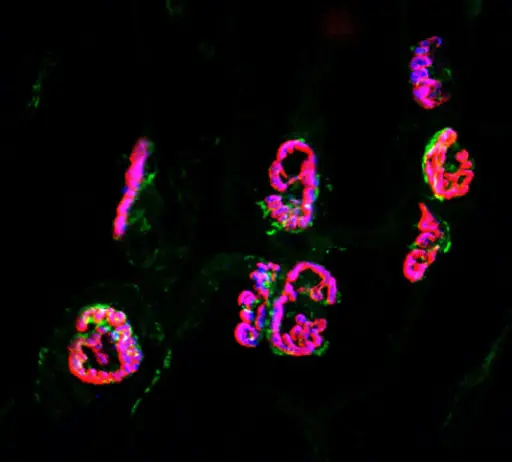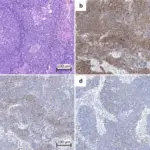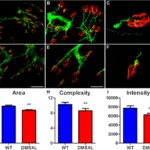Congenital myasthenic syndrome is a group of conditions characterized by muscle weakness, poor muscle tone, difficulty in breathing and eye weakness that worsens upon physical exertion.
What is the Pathology of Congenital Myasthenic Syndrome?
The pathology of congenital myasthenic syndrome is:
-Etiology: The cause of congenital myasthenic syndrome is a genetic mutation.
-Genes involved: CHRENE, RAPSN CHAT COLQ, DOK7.
-Pathogenesis: The sequence of events that lead to congenital myasthenic syndrome are abnormal signaling transmission of the motor endplate.
-Morphology: NA.
-Histology: NA.
How does Congenital Myasthenic Syndrome Present?
Patients with congenital myasthenic syndromes are typically female at an age range of from childhood to 6 years. The symptoms, features, and clinical findings associated with congenital myasthenia syndrome include the inability to walk.
How is Congenital Myasthenia Syndrome Diagnosed?
Congenital myasthenia syndrome is diagnosed with serum levels.
How is Congenital Myasthenia Syndrome Treated?
Congenital myasthenia syndrome is treated by management of respiratory distress, prevention of malnutrition and infection, beta 2 agonists.
What is the Prognosis of Congenital Myasthenia Syndrome?
The prognosis of congenital myasthenia syndrome is fair if there is no involvement of the respiratory system.



